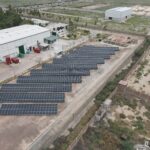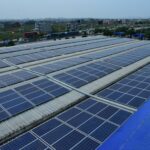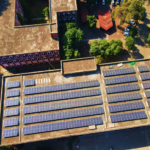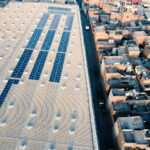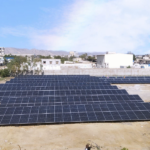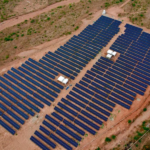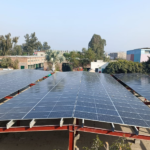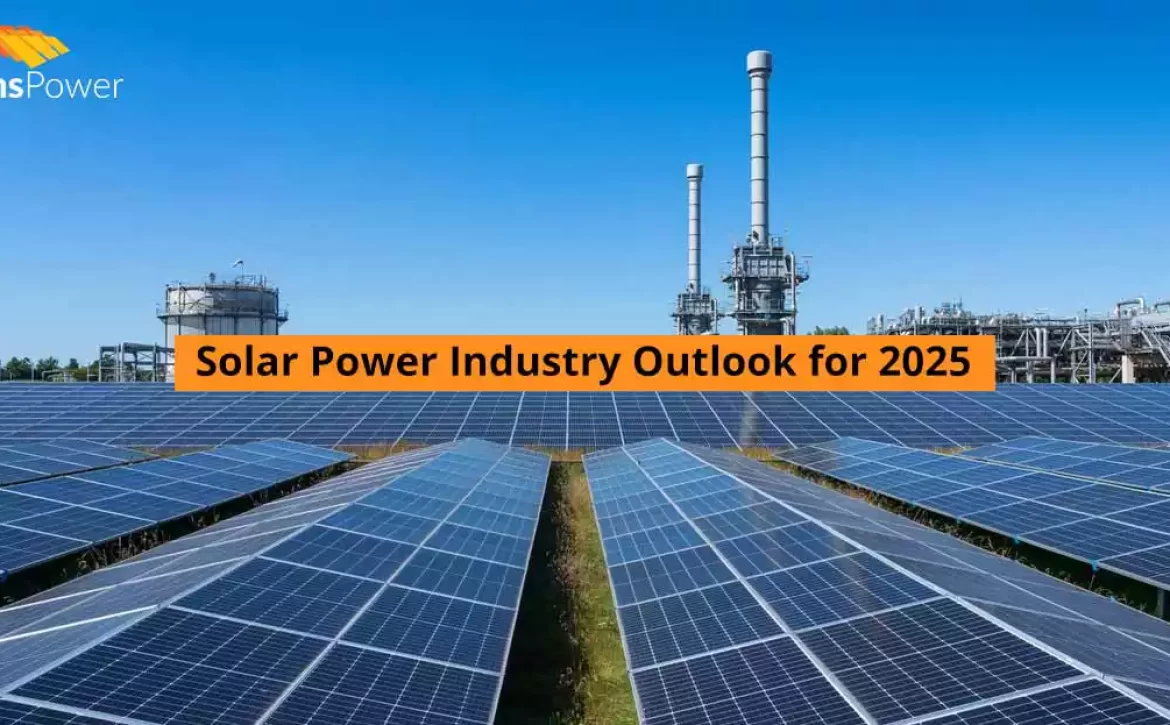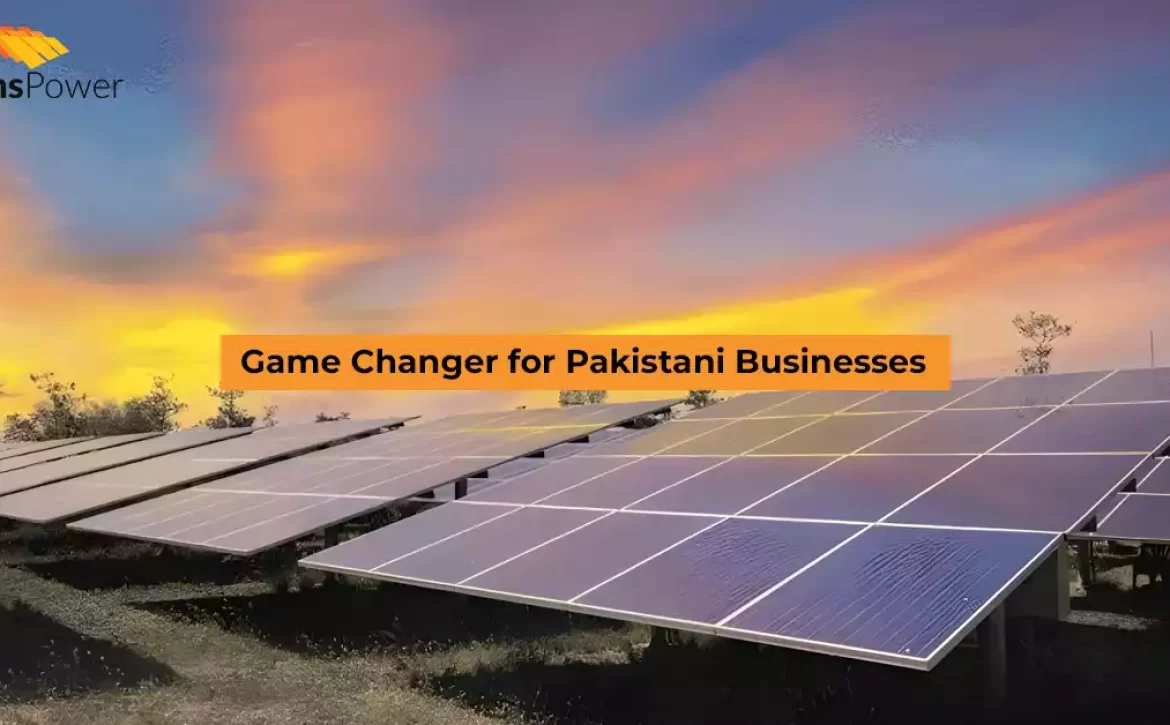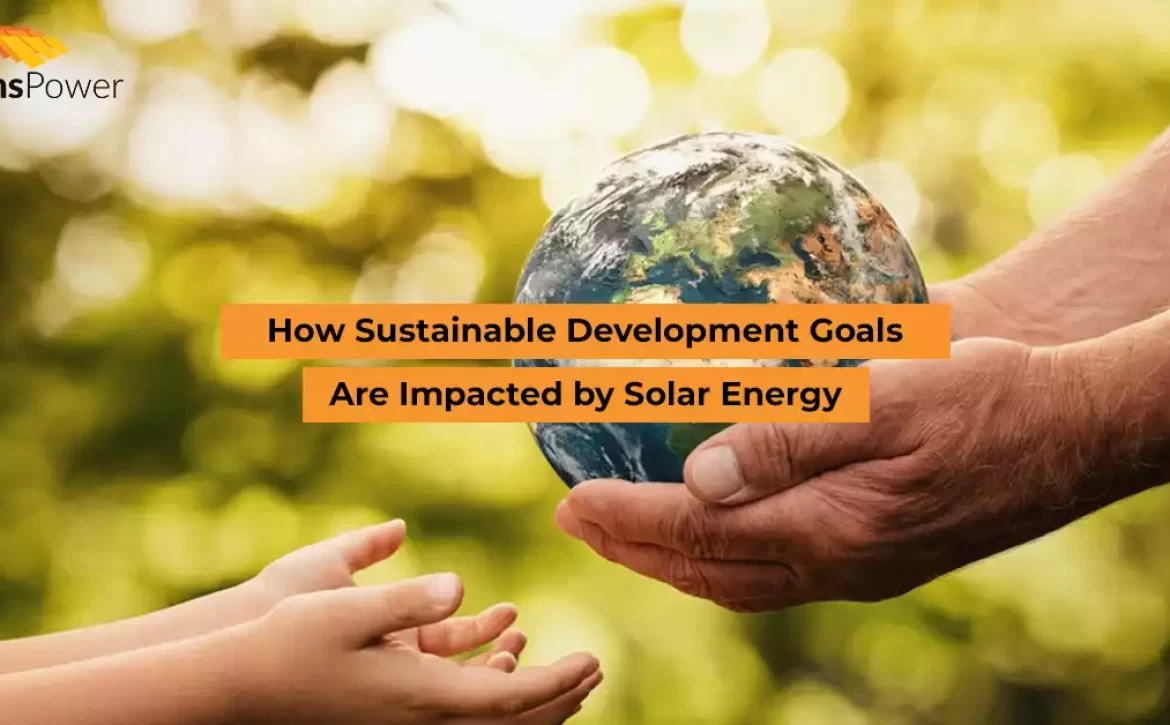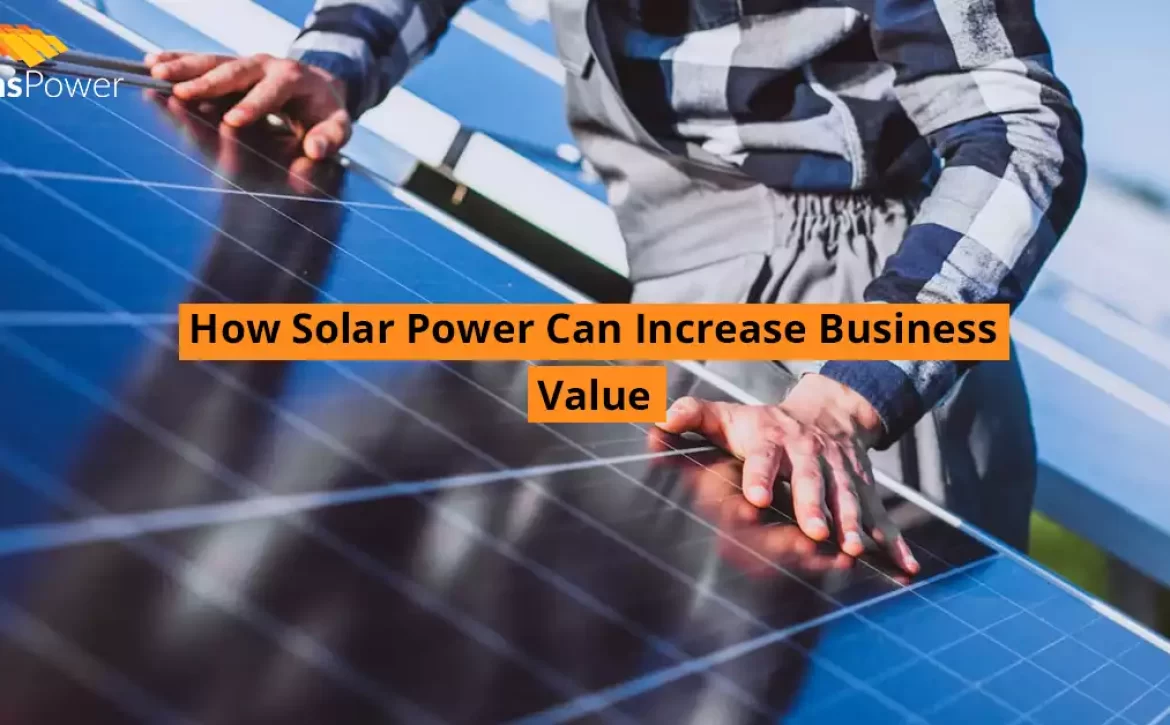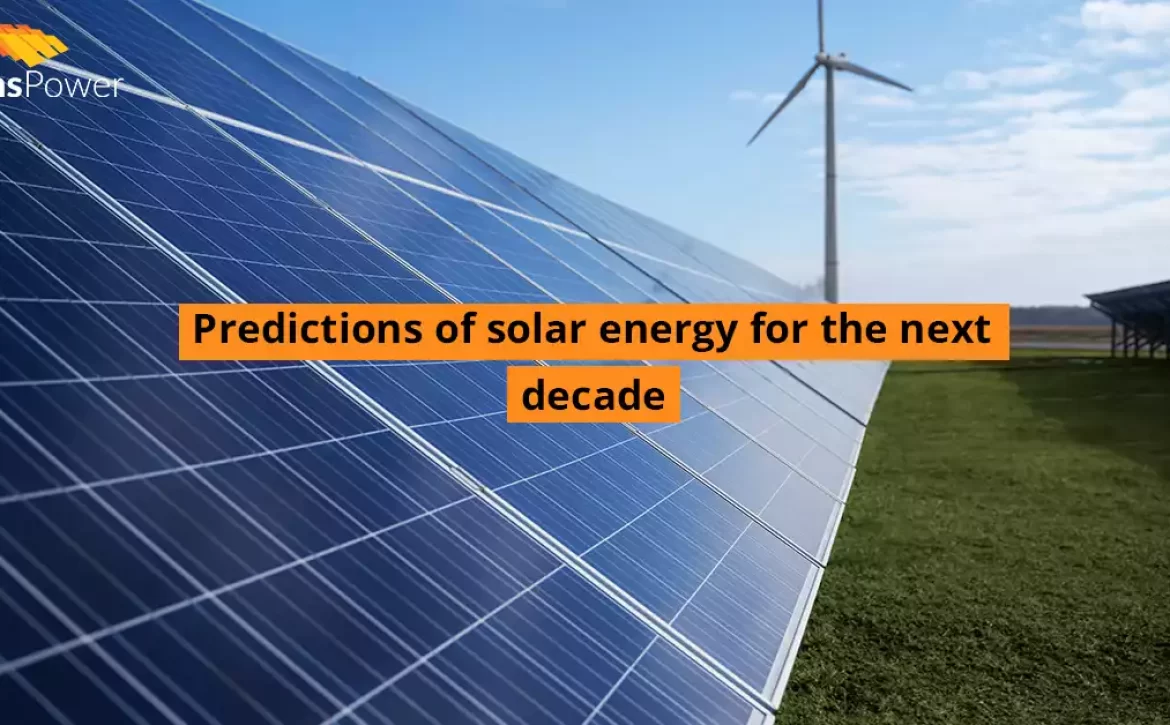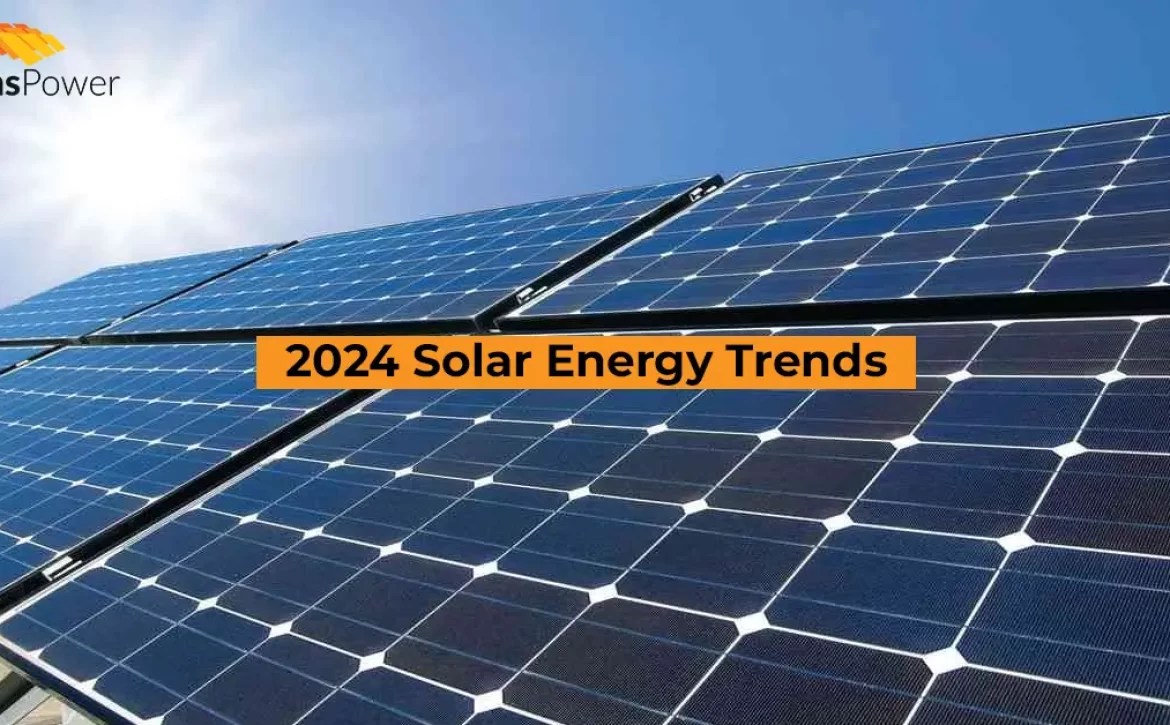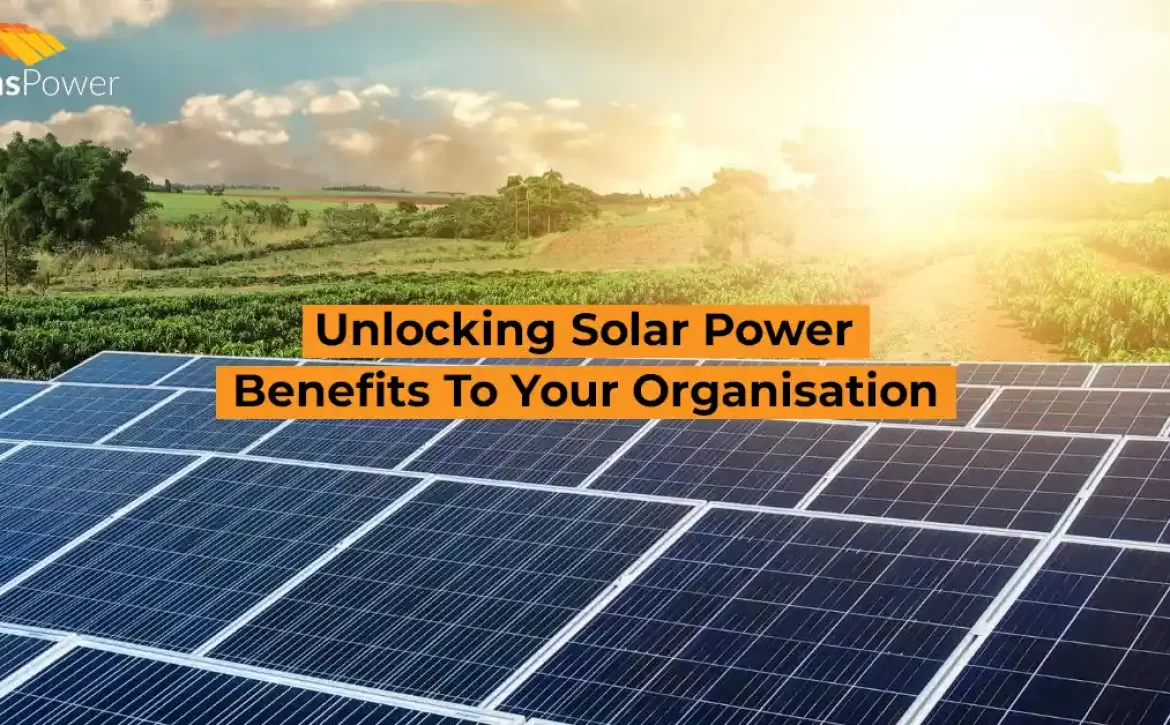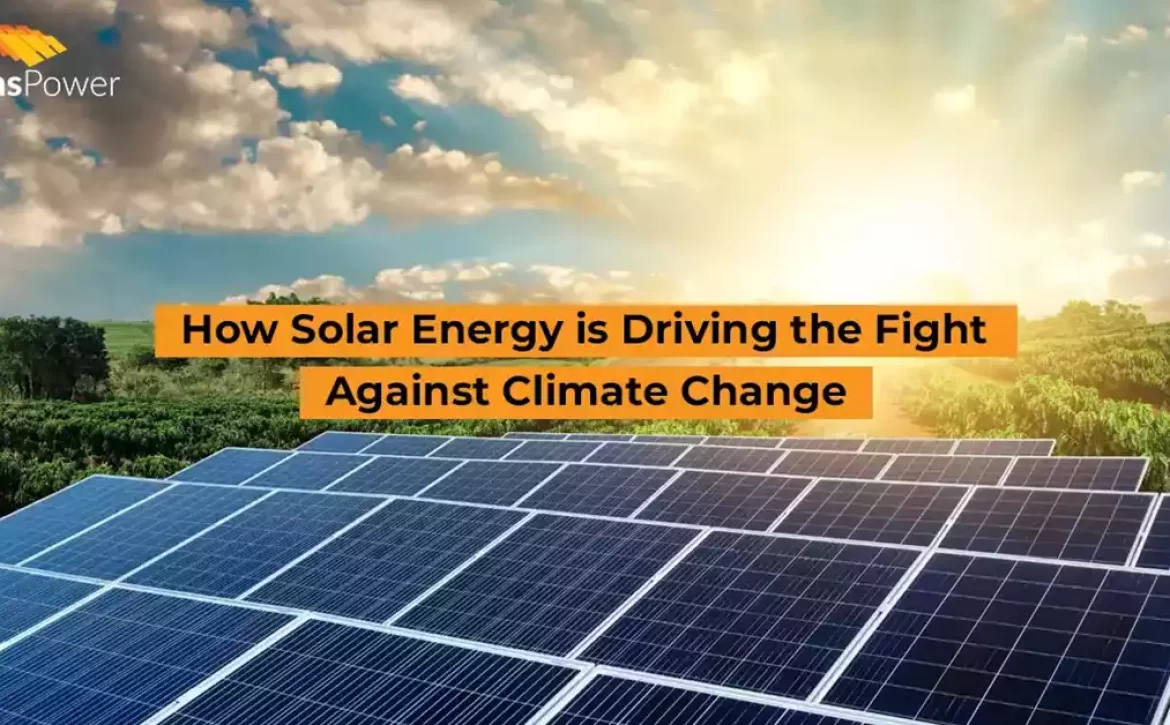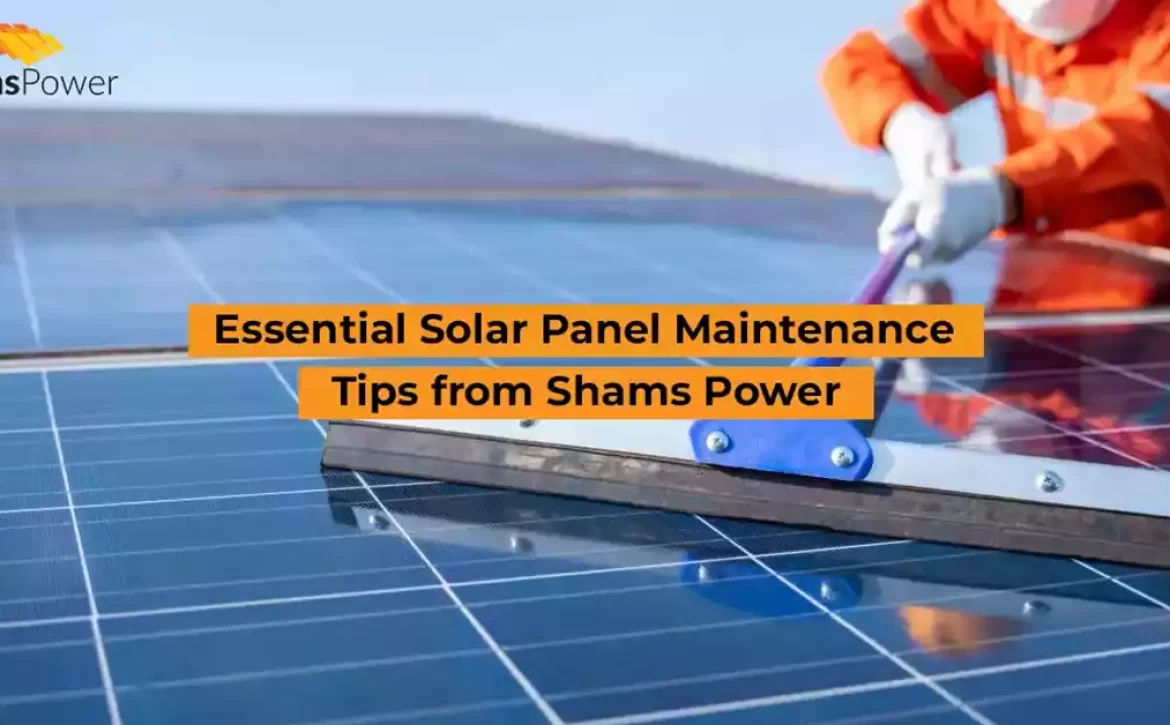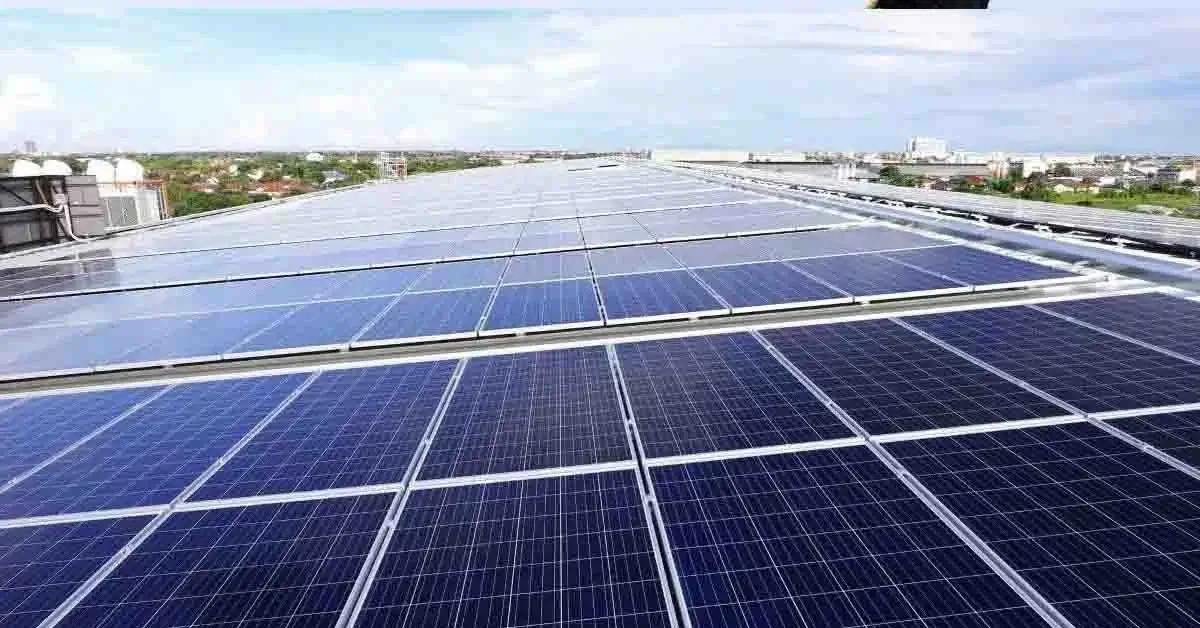Solar Power Industry Outlook for 2025
Pakistan’s solar energy sector is anticipated to grow dramatically by 2025 as a result of government subsidies, growing demand for renewable energy sources, and advancements in technology. In an effort to reduce dependency on fossil fuels and improve Pakistan’s electrical issues, solar panels have grown in popularity.
Growth of the Solar Industry
Pakistan obtains solar energy nearly every year due to its substantial sun irradiation. When paired with foreign investments, this aspect offers a fantastic potential to harness solar energy from the nation’s most irradiated sites. Furthermore, the integration of renewable energy sources into generation, transmission, and distribution networks, as well as the off-grid supply via micro- and mini-grids to electrify rural regions nationwide, are some elements anticipated to generate market prospects in the future.
At a compound annual growth rate (CAGR) of 46.55%, the installed base size of the Pakistani solar energy market is anticipated to increase from 2.07 gigawatts in 2025 to 13.97 gigawatts by 2030.1
The factors propelling the market’s growth include growing environmental concerns about the usage of fossil fuels, the decreasing cost of solar panels and installation, and the growing acceptance of solar PV systems.
Utility sector: Dominating the market.
Through the use of photovoltaics (PV) or concentrated solar power, solar energy directly or indirectly transforms solar radiation into electrical power. Given the number of forthcoming projects and the declining cost of solar modules, the utility sector is expected to account for the largest portion of the Pakistani solar energy industry in the future years.
The Pakistani government has set targets, such as ensuring that by 2030, 30% of the nation’s electricity comes from renewable sources.1
To achieve these goals, Through the Alternative Energy Development Board, the government is attempting to construct solar-generating plants all throughout the nation.

Technology Investments
Pakistan’s transition to solar energy is being accelerated in large part by foreign funding. Collaborations with global financial institutions, development agencies, and solar manufacturers have significantly raised the price and accessibility of solar technologies. Chinese solar companies have contributed significantly to the China-Pakistan Economic Corridor (CPEC) by providing affordable panels and technological know-how.
International finance programs like green bonds and renewable energy funds have also enabled large-scale solar projects in Pakistan, including solar farms and hybrid power systems. These investments not only solve the energy crisis but also promote job creation and sustainable development.
Supportive Government Policies
Following the introduction of a series of measures by the government to encourage the development of renewable energy, solar photovoltaics (PV) became a part of Pakistan’s energy mix in 2013. The Pakistani government is aware that the country receives 9.5 hours of sunlight on average per day. The Ministry of Energy’s Private Power and Infrastructure Board reports that seven 530-megawatt solar projects are up and running, providing power to the country’s system.
Nearly 8.7% of the nation’s renewable energy capacity came from the solar energy sector as of 2023. Over the next few years, this share is expected to rise as a result of numerous government efforts.
The National Solar Energy Initiative, which aims to generate 10,000 megawatts (MW) of electricity through solar energy projects in the upcoming months, was approved by the Pakistani government in September 2022.1 By lowering the import price of pricey furnace oil and diesel, the program hopes to stimulate demand in the nation’s utility industry. To meet its goals, the government is likely to fund additional utility-scale projects and increase the proportion of renewable energy.
Government buildings, various industries, and tube wells would be able to switch from diesel to solar power with the aid of the solar energy project. A portion of the coal, diesel, and furnace oil-powered power plants will be replaced.
Conclusion
Because of government regulations and initiatives, it is consequently expected that the Pakistani solar energy market will grow significantly over the course of the projected period. The country is getting closer to becoming energy-independent as it increases its solar capacity. Reduced dependency on imported fossil fuels and government initiatives and policies will help the switch to renewable energy.
Power the future of Pakistan with Shams Power Limited.



